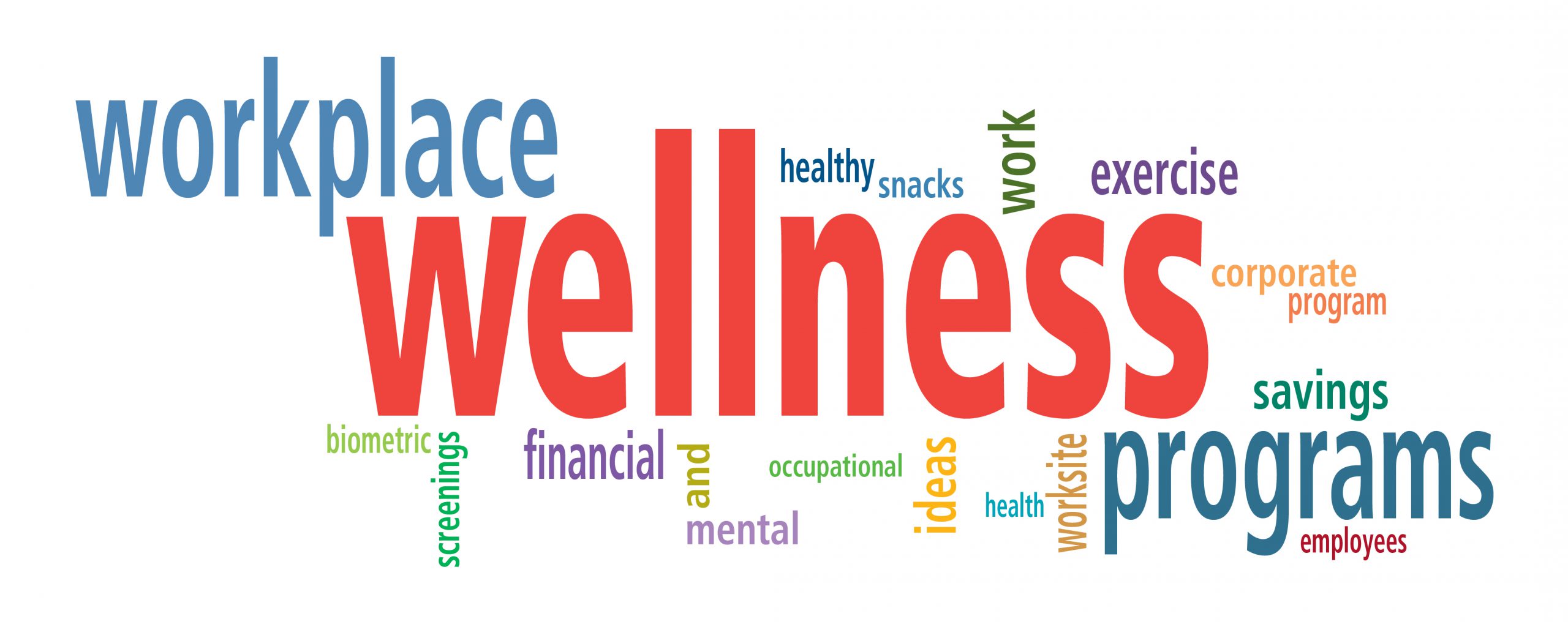Lifestyle diseases have grown to epidemic status over the past decade. A lack of physical activity, poor nutrition and tobacco use continue to be the primary drivers in the prevalence of chronic disease, including diabetes, heart disease and chronic pulmonary conditions. Fighting disease has become a burden for employees, which directly contributes to higher health care costs and employers who are losing money.
Keeping employees healthy is every employer’s problem. Chronic disease decreases productivity due to both an absence from work and reduced performance while at work, which impacts your bottom line. But there’s something you can do.
If you don’t already offer employees a wellness program, it may be time to rethink this. A well-designed wellness program can help combat the effect of chronic disease by improving employee health and well-being and driving down the cost of health care coverage. According to an article published in the Harvard Business Review, the return on investment of a wellness program results in a savings of $6 in health care costs for every dollar invested in wellness.
A broad range of benefits are offered under the label of workplace wellness, from multi-component programs to single interventions, and benefits can be offered by employers directly or through a vendor, group health plan or combination of both. When effective, company wellness programs have a positive effect on the health, happiness and well-being of employees and on the employer’s bottom line. But, not all wellness programs are created equal.
Key features of a good wellness program
- Be practical, accessible and offer a variety of programs. You can immediately include yoga classes, stress management seminars, work-life balance programs, tobacco cessation, cooking classes, fitness challenges or weight loss initiatives. Also, look at the food offered in employee breakrooms and vending machines. You can make your work environment more health-conscious by swapping out high-fat, high-caloric snacks for affordable healthy food options instead.
- Tie into your EAP (employee assistance program). This will make it easier for employees to get support when they are in a difficult emotional or physical situation that affects both their health and their work. Offer both health screenings and education to help employees take charge of their own health and empower them to set goals for making improvements.
- Include a mental health component. Stress has been linked to chronic disease and directly contributes to absenteeism and decreased productivity.
Promoting your wellness program
A wellness program is only as successful as the number of employees who participate, and employees can’t participate if they don’t know, or remember, that it exists. So, the success of your program partly depends on constant and consistent promotion throughout the year.
- Remind employees via email, posters and home mailings to have an annual physical and let them know if you’re offering on-site flu shots.
- Announce on-site clinics to communicate when, where and how to sign up.
- Display posters by elevator doors to encourage employees to take the stairs.
- Email tip sheets and newsletters to help employees learn ways to incorporate healthy habits into their daily lives.
- Remind employees of upcoming brown bag lunches with nutritionists or other health care professionals.
- Email healthy cooking recipes and send out daily text alerts on how to manage stress.



